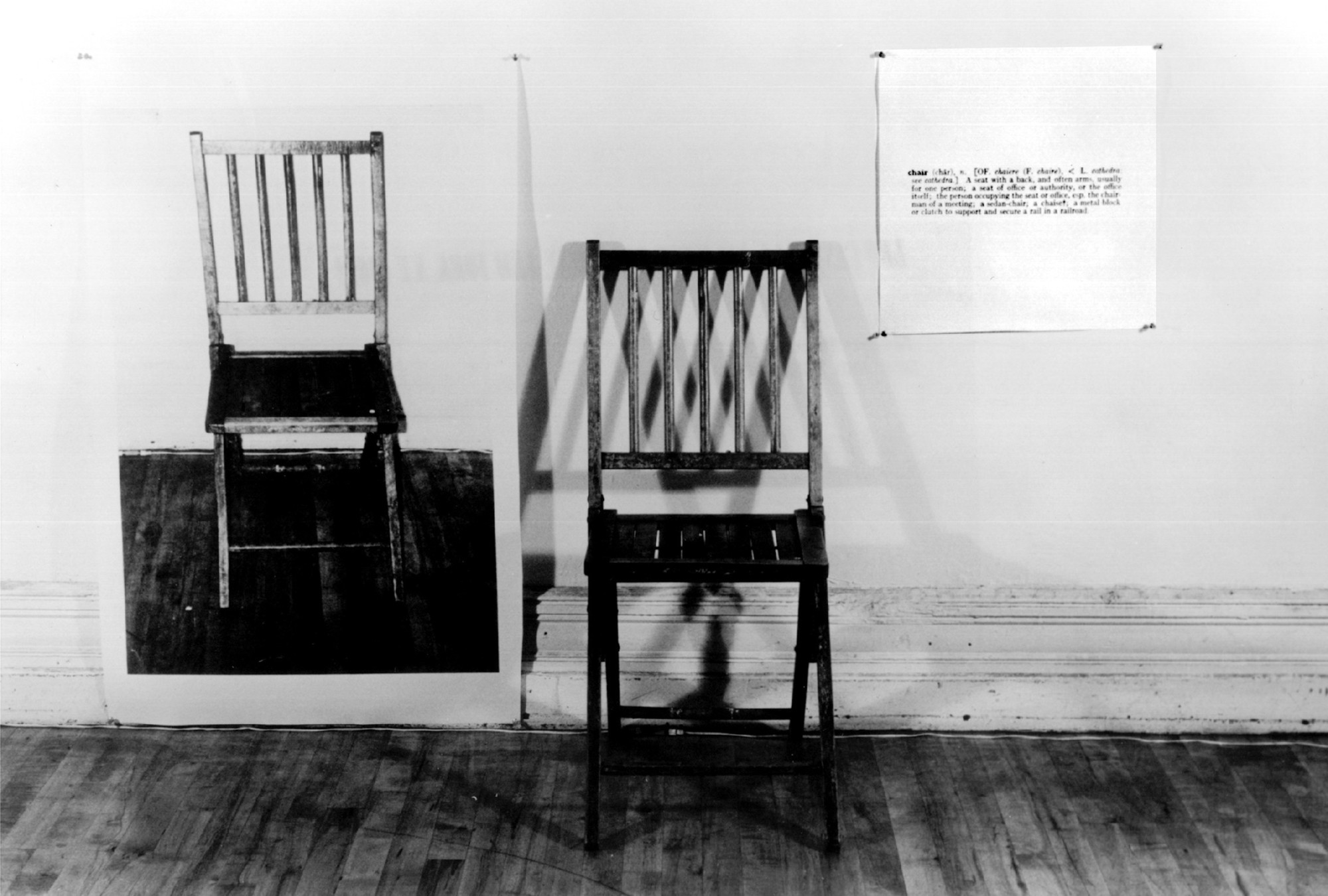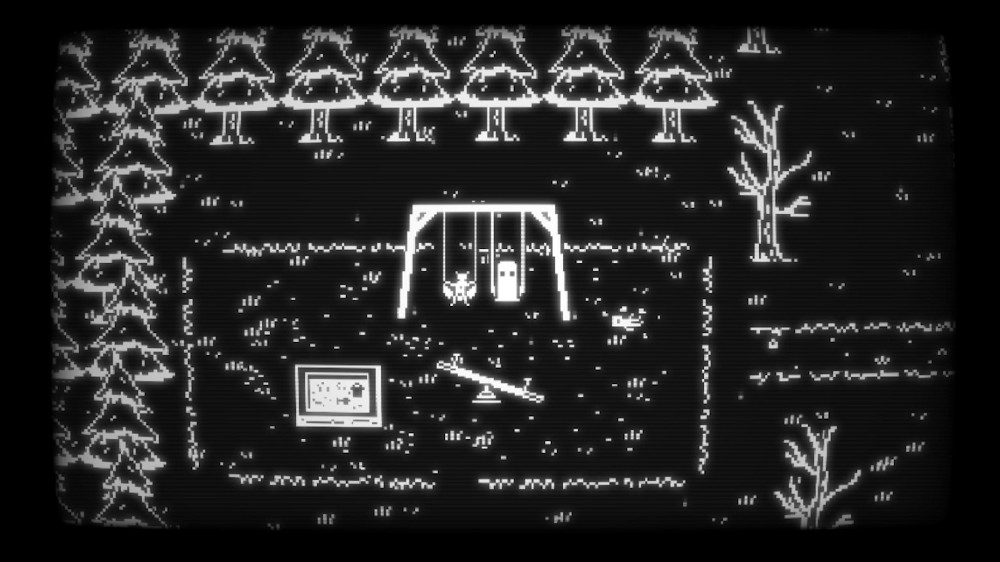
And Then There Were None– Anita Luo
Playthrough:
1. PROPOSAL
Through this assignment, I will be collecting text and language from a specific site. By understanding Jon Bois’ speculative work 17776, I will consider how the differences between texts and their types can relate to each other and inform the space. In the process, I would like to experiment with different ways in which I can arrange texts in a space, and adjust its characteristics such as size, font, orientation, order, spacing, or color to encode information that may evoke particular emotions or ideas. I will also be more competent in using Text Mesh Pro through the reconstruction phase. Furthermore, I intend to take this opportunity to revisit the skills and practices from previous weeks. As a result, I can be more prepared for my final project.
2. BRAINSTORMING

3. INSPIRATION & CONCEPTUAL INTEGRATION
Concept #1: “And Then There Were None” by Agatha Christie

Through my past assignments, I found that exploring a small object as a site is unique and conceptual. Collecting information from a real environment and encoding it in a space can be challenging. However, I believe collecting information from a limited “surface area” and transforming it into something more is as challenging. Through ideation in the brainstorming phase, I found that a novel could be a figurative site for me to collect information. A novel contains voices, actual text, time, and narrative—all of which exist in the real world.
Although the final project will require me to explore a real physical space to reconstruct a scene in Unity, I believe that drawing data from a figurative site can be insightful and expose me to many means of expressing abstract concepts. Furthermore, by using text from the novel as a source, I can focus more attention on the characteristics of the text in the Unity scene to express moods or concepts rather than spend time collecting large datasets. I chose Christie’s novel as my site because it is a macabre story of death and retribution—how could I convey these ideas to a player?
Concept #2: “One and Three Chairs” by Joseph Kosuth

“One and Three” Chairs is a conceptual artwork created by Joseph Kosuth in 1965 that explores the relationship between language, objects, and representation. The work prompts us to consider how we define and perceive objects in our environment. Kosuth was influenced by new theories of language and signification such as semiotics—the study of the meaning of signs (words or symbols used to communicate information). Kosuth’s work informed me of how I could convey texts and language in a virtual space and how language structures meaning.
Concept #3: Text-Based Horror Games

I would like to adopt a certain approach to this project that explores how the elements within a virtual space can evoke feelings of fear or guilt. Not only is this an assignment of transcription, but also a form of translation where manipulation by the creator can reimagine a space and its mood. This type of exercise could be useful for my final project in which the collection of data in a physical space can be translated and embedded into a virtual space in a conceptual and meaningful way—giving the audience a full experience that can potentially stimulate their mind and body.
4. PROCESS
1) Fieldwork
I collected text and language that I read at my chosen site which is the novel “And Then There Were None” by Agatha Christie. I focused on the word’s meaning, the narrative, the passage of time, and the character’s emotions. I collected quotes and translated abstract information into reinterpreted texts in a virtual space. I differentiated the “data” into different types such as dialogues, emotions, things, and others.


2) Reconstruction
a) To build the basic space and parameters, I used assets from the game Backrooms in the Unity Asset Store to create 9 connected rooms.

b) Using Post Processing, I created a global volume and added bloom, chromatic aberration, and depth of field. Through this, I wanted to simulate real ophthalmic vision for the audience to experience a better immersion. As a result, when texts are placed in midair or unrealistic manners, the dissonance between realism and the supernatural may be unsettling to the audience. In this way, I can utilize texts in a space to elicit emotions from the audience.
Note: Another approach would be to use text elements in Unity as the building blocks for the space. By doing so, texts could be used efficiently and effectively to create a more powerfully conceptual space. I also think this appraoch might be more aligned with what the assignment entailed.

c) I placed different types of texts that I collected into each room. The decision-making process for each room will be explained more at the end of this section.
I used Text Mesh Pro to have more versatile functions to work with to edit the text. However, I found that the default font were ordinary. By keeping the texts simple, the meaning of the texts were emphasised more. Less focus would be put on the visual aesthetic.

d) I added box colliders as triggers for the rooms that required them. I used the simple trigger script. The triggers either caused texts to disappear, be replaced or become smaller in size. I wanted to take this opportunity to try text-orientated triggers.

e) I also used animation to either create “spontaneous” or vibrating text movements to translate the emotions that the words contained.


f) In terms of decision-making, I placed the nursery rhyme Ten Little Indians in the novel’s story on the wall. It is an epigraph for the book and is woven throughout the novel. Thus, I placed the text on the wall like a prophecy, “engrained” in the space as if dictating future happenings. Similarly, the nursery rhyme hangs on the wall in the novel.
g) I was inspired to place a similar concept as Kosuth in one of the rooms where the texts “chair” is replaced by an actually chair. However, this chair is also a representation because it is on the audience’s screen in Unity and not a object in reality. I experimented with how Kosuth’s concept could be reinterpreted through technological reconstruction. The chair is a reference to the one used by one of the characters, Vera, in the novel which was repositioned after her death.
Trigger was used so that the texts would be replaced by the chair after the player enters the room.


h) In another room, I wanted to visually illustrate a conversation between the characters. The frantic orientation and radical dispersion of the text are aimed at exhibiting the anxious energy and emotions of the character at that time. The simple “guilt” in the corner of the room illustrates the guilt of the past that all the characters deeply hide under their external persona which lingers.

When the player steps into the room, all the texts disappear, leaving only one line “perhaps the clock has stopped…” By doing so, texts can be manipulated in a way that can express time and a sense of stillness. There is also a relationship between this phrase and the “guilt” which portrays the character’s tension and desires during their stay on the island.


i) Similarly, another room aims to showcase the lingering effect of the guilt the characters have. I used animation to create sporadic movements of the text “guilt” to convey the characters’ possible internal environment.
Note: I wanted to make the guilt follow the player as if it lingers with them continuously. However, I did not know how to write the script for this. I was recommended by the professor to try and use parent or position constraints to make the text object follow the player capsule. I think that this function could be very useful for future projects and opens up a lot of possible scenarios where this could be used.

j) The “murderer” in this room has two possible meanings. It could refer to the culprit of the killings on the island or the culprit that committed past crimes—which all the characters are guilty of. I used the “Look At” script on the text so that the player feels scrutinized and under surveillance in order to illustrate how the characters may feel in the novel. It feels as if the text is pointing at the player and accusing them of the crimes.

k) When someone feels frightened they usually try to take as little space as possible to hide. As a result, I used a trigger to make the text smaller when the characters enter the room in order to convey this.


l) I used animations to make the phrase vibrate to emulate the type of movement fear would have. This is very similar to the Sound Creatures assignment we had before.

5. AUDIENCE RECEPTION & 6. CONCLUSIONS
Through peer critique, my classmates found the techniques in conveying the sense of fear and anxiety are effective. They also appreciated the different approach I had for text and how I embedded it in virtual space. However, because the title of the novel dissapears when the player enters the middle room they may miss it or not know the background information. I good way to tackle this problem is to create a restart game trigger where the scene starts again from the ebginning so that the player can reexperience the entire space to make better interpretations. The title in the begninng could also include more information for the players to have better context. Overall, this assignment allowed me to explore different ways in which I can manipulate, translate and transcribe texts in a scene to show evidence, emotion and time. In the future, I would like to experiment more on how I can use texts as building blocks or manipulate them more to create more abstract objects. Furthermore, I intend to also explore how I could use trigger, contraints and animations in more compelling ways to reconstruct a real bigger physical space.
7. APPENDIX
None.
